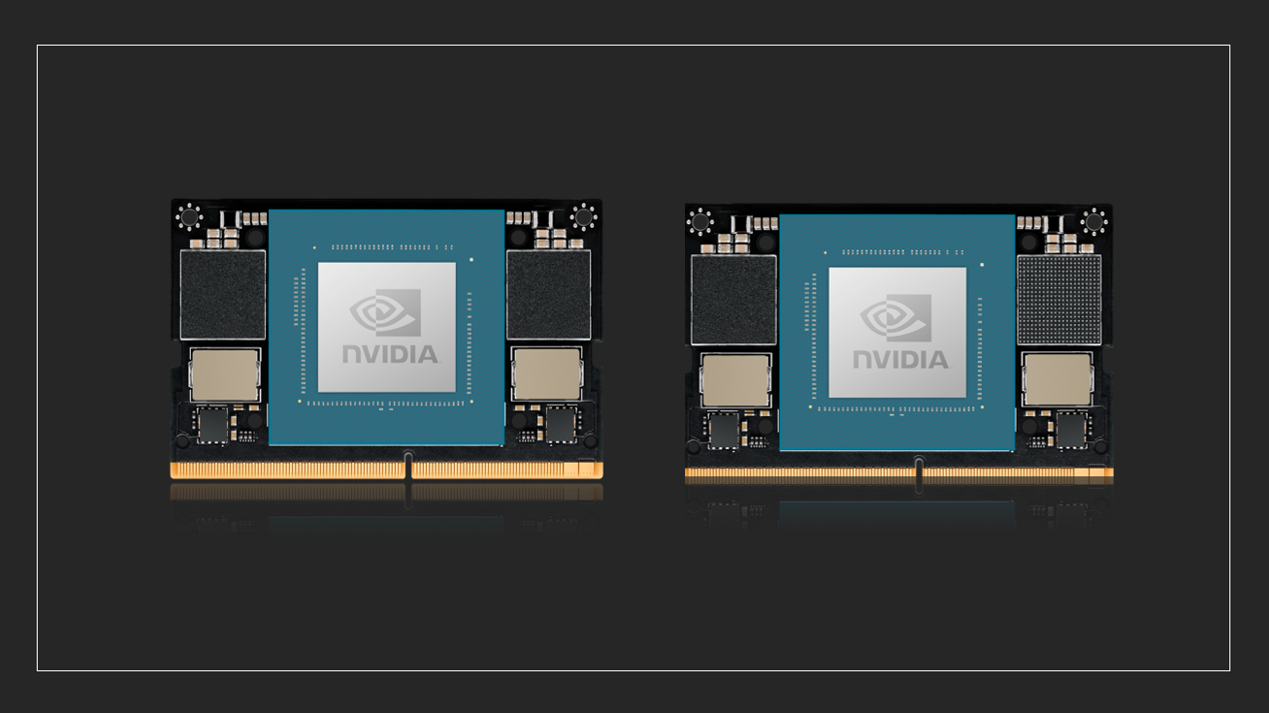> diff --git a/drivers/cpufreq/tegra194-cpufreq.c b/drivers/cpufreq/tegra194-cpufreq.c
> index 1216046cf4c2..f38a760da61b 100644
> --- a/drivers/cpufreq/tegra194-cpufreq.c
> +++ b/drivers/cpufreq/tegra194-cpufreq.c
> @@ -38,14 +38,6 @@
> /* cpufreq transisition latency */
> #define TEGRA_CPUFREQ_TRANSITION_LATENCY (300 * 1000) /* unit in nanoseconds */
>
> -enum cluster {
> - CLUSTER0,
> - CLUSTER1,
> - CLUSTER2,
> - CLUSTER3,
> - MAX_CLUSTERS,
> -};
> -
> struct tegra_cpu_ctr {
> u32 cpu;
> u32 coreclk_cnt, last_coreclk_cnt;
> @@ -67,12 +59,12 @@ struct tegra_cpufreq_ops {
> struct tegra_cpufreq_soc {
> struct tegra_cpufreq_ops *ops;
> int maxcpus_per_cluster;
> + size_t num_clusters;
> phys_addr_t actmon_cntr_base;
> };
>
> struct tegra194_cpufreq_data {
> void __iomem *regs;
> - size_t num_clusters;
> struct cpufreq_frequency_table **tables;
> const struct tegra_cpufreq_soc *soc;
> };
> @@ -166,6 +158,14 @@ static const struct tegra_cpufreq_soc tegra234_cpufreq_soc = {
> .ops = &tegra234_cpufreq_ops,
> .actmon_cntr_base = 0x9000,
> .maxcpus_per_cluster = 4,
> + .num_clusters = 3,
> +};
> +
> +const struct tegra_cpufreq_soc tegra239_cpufreq_soc = {
> + .ops = &tegra234_cpufreq_ops,
> + .actmon_cntr_base = 0x4000,
> + .maxcpus_per_cluster = 8,
> + .num_clusters = 1,
> };
>
> static void tegra194_get_cpu_cluster_id(u32 cpu, u32 *cpuid, u32 *clusterid)
> @@ -382,7 +382,7 @@ static int tegra194_cpufreq_init(struct cpufreq_policy *policy)
>
> data->soc->ops->get_cpu_cluster_id(policy->cpu, NULL, &clusterid);
>
> - if (clusterid >= data->num_clusters || !data->tables[clusterid])
> + if (clusterid >= data->soc->num_clusters || !data->tables[clusterid])
> return -EINVAL;
>
> start_cpu = rounddown(policy->cpu, maxcpus_per_cluster);
> @@ -433,6 +433,7 @@ static struct tegra_cpufreq_ops tegra194_cpufreq_ops = {
> static const struct tegra_cpufreq_soc tegra194_cpufreq_soc = {
> .ops = &tegra194_cpufreq_ops,
> .maxcpus_per_cluster = 2,
> + .num_clusters = 4,
> };
>
> static void tegra194_cpufreq_free_resources(void)
> @@ -525,15 +526,14 @@ static int tegra194_cpufreq_probe(struct platform_device *pdev)
>
> soc = of_device_get_match_data(&pdev->dev);
>
> - if (soc->ops && soc->maxcpus_per_cluster) {
> + if (soc->ops && soc->maxcpus_per_cluster && soc->num_clusters) {
> data->soc = soc;
> } else {
> dev_err(&pdev->dev, "soc data missing\n");
> return -EINVAL;
> }
>
> - data->num_clusters = MAX_CLUSTERS;
> - data->tables = devm_kcalloc(&pdev->dev, data->num_clusters,
> + data->tables = devm_kcalloc(&pdev->dev, data->soc->num_clusters,
> sizeof(*data->tables), GFP_KERNEL);
> if (!data->tables)
> return -ENOMEM;
> @@ -558,7 +558,7 @@ static int tegra194_cpufreq_probe(struct platform_device *pdev)
> goto put_bpmp;
> }
>
> - for (i = 0; i < data->num_clusters; i++) {
> + for (i = 0; i < data->soc->num_clusters; i++) {
> data->tables[i] = init_freq_table(pdev, bpmp, i);
> if (IS_ERR(data->tables[i])) {
> err = PTR_ERR(data->tables[i]);
> @@ -590,6 +590,7 @@ static int tegra194_cpufreq_remove(struct platform_device *pdev)
> static const struct of_device_id tegra194_cpufreq_of_match[] = {
> { .compatible = "nvidia,tegra194-ccplex", .data = &tegra194_cpufreq_soc },
> { .compatible = "nvidia,tegra234-ccplex-cluster", .data = &tegra234_cpufreq_soc },
> + { .compatible = "nvidia,tegra239-ccplex-cluster", .data = &tegra239_cpufreq_soc },
> { /* sentinel */ }
> };
>
> --
> 2.17.1
>




